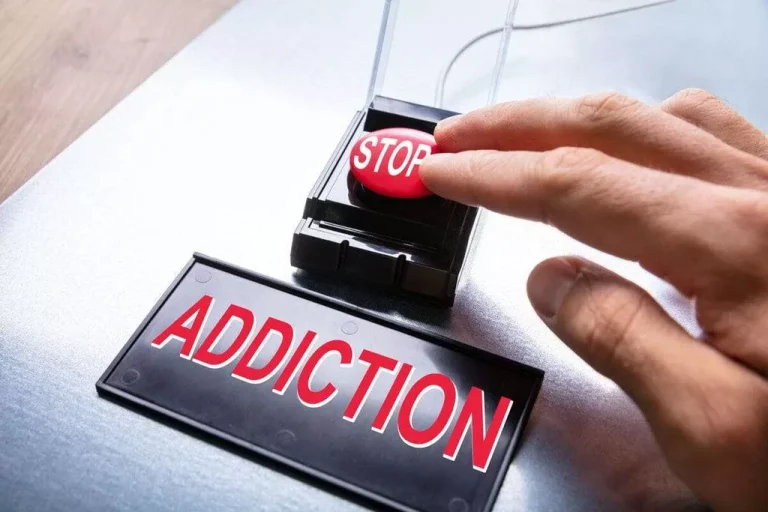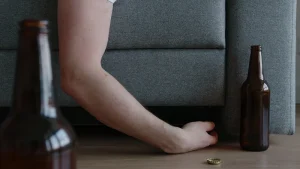- Panier est vide.
- Continue Achats
Assessment of Cognitive Functions in Methadone Maintenance Patients PMC

The association between different types of opioids used and these mood symptoms warrants further research. The addiction phenomenon initially reflects an image of a risky individual problem, while it is a social, economic, health, and security concern in different countries [2]. The prevalence of drug addiction is increasing rapidly in Iran and globally, with youth and adolescents making up a large percentage of drug addicts [3].
Statistical analysis
- To review evidence from longitudinal studies on the association between prescription opioid use and common mood and anxiety symptoms.
- For decades, strict rules required most methadone patients to line up at special clinics every morning to sip their daily dose of the liquid medicine while being watched.
- Naloxone is used to reverse the life-threatening effects of an overdose.
- Prior to writing full-time, she worked as an applied behavior analysis therapist for children on the autism spectrum.
- Study co-author Gernot Ernst, an anesthesiologist and neurobiologist at the University of Oslo and Kongsberg Hospital in Norway, asked the participants to rate how good and how anxious they felt before the drug was administered.
The methadone clinic system dates to 1974, when the U.S. saw fewer than 7,000 overdose deaths a year. Some longtime patients — including Garnett and Frank — are organizing a movement to “liberate methadone” as annual overdose deaths now top 107,000. They support legislation to allow addiction specialist physicians to prescribe methadone and pharmacies to fill those prescriptions. One study found that when medication was coupled with psychotherapy, patient outcomes were even more positive.
Quality Assessment
But this can prompt your body to release even more norepinephrine, creating a self-sustaining stress spiral. If you use opioids for a long time, your body may decide this sedation is permanent. To compensate, it will keep producing norepinephrine at a higher volume, so you may start feeling anxious and jittery all the time. Read on for an in-depth exploration of how opioids affect your psychological health, along with some guidance on getting support. So, Leknes and her colleagues studied how 160 patients reacted to remifentanil before undergoing minor surgery.

US will let more people take methadone at home
« Many people may stay on methadone for a long time but don’t necessarily need to. Therapy can be valuable in helping a person rebuild their social structure and re-enter the workforce. » In the late 1990s, pharmaceutical companies were confident that opioids, when prescribed for pain, would not lead to addiction. As a result, healthcare practitioners prescribed them without hesitation, which led to widespread misuse.
- — Nurse practitioners and physician assistants — not just doctors — can start people on methadone.
- But mounting research suggests that the average person doesn’t actually reach this euphoric state on opioids, particularly not the first time they try it.
- Chronic use of either prescription or illegal opioids can cause constipation, drug-induced sleep apnea, and impaired sexual function.
- Of course, anecdotally, Leknes said some patients report enjoying their opioid high on the operating table.
Drawbacks of Methadone Clinics for Treating Opioid Addiction

Methadone comes as a tablet, a dispersible tablet (tablet that can be dissolved in liquid), a solution (liquid), and a concentrated solution to take by mouth. When methadone is used to relieve pain, it may be taken every 8 to 12 hours. If you take methadone as part of a treatment program, your doctor will prescribe the dosing schedule that is best for you. Follow the directions on your prescription label carefully and ask your doctor or pharmacist to explain any part you do not understand. MMP group exhibited poorer performance in all cognitive, with the exception of speed of processing and working memory. Also, the MMP group had significantly higher scores of anxiety and depression, but scores were not significantly related to cognitive performance when these variables were taken into account.
- But this can prompt your body to release even more norepinephrine, creating a self-sustaining stress spiral.
- We focused in this review on mood and anxiety disorders, but opioid use could be a factor in the development or exacerbation of other mental health disorders or more specific depressive or anxious symptomatology than gross diagnostic category.
- If you continue to experience pain after you finish taking methadone, call your doctor.
- « I think it’s especially important to point out that opioids do not reliably cause pleasure or relief of subjective stress and anxiety in the lab or in stressful clinical settings, » Leknes added in an email to Live Science.
Reclaim Your Life

The prevalence of major depressive disorder and minor depression among addicts are approximately 50–60% and 10% respectively [9]. Blanchard (2000) studied 872 methadone-treated patients and examined the presence of axis I and II disorders. He demonstrated that if an opioid addict had one of the first axis disorders, methadone withdrawal would need the drug addiction therapies, and psychotherapy, combined with methadone maintenance treatment (MMT) [10]. Mental disorders are an increasing burden on public health systems, and they can compound the distress of individuals who are using prescription opioids for pain conditions [21].
Some describe the sensation as similar to a « champagne feeling, » referencing the sensation of getting a teeny bit tipsy after drinking sparkling wine. « But we don’t seem to have captured any of those people in this study, » Leknes said. If you continue to experience pain after you finish taking methadone, call your doctor. If you take this medication on a regular basis, be sure to schedule appointments with your doctor so that you do not run out of medication. Keep this medication in the container it came in, tightly closed, out of reach of children, and in a location that is not easily accessible by others, including visitors to the home.
Supplementary Data
This effect may last for a few days after you stop using this medicine. Check with your doctor before taking any of the other medicines listed above while you are using this medicine. The use of methadone to treat opioid use disorder in the US is only available through opioid treatment programs (methadone clinics). Methadone is used to treat moderate to severe pain when around-the-clock pain relief is needed for a long period of time.
Drugs & Supplements

